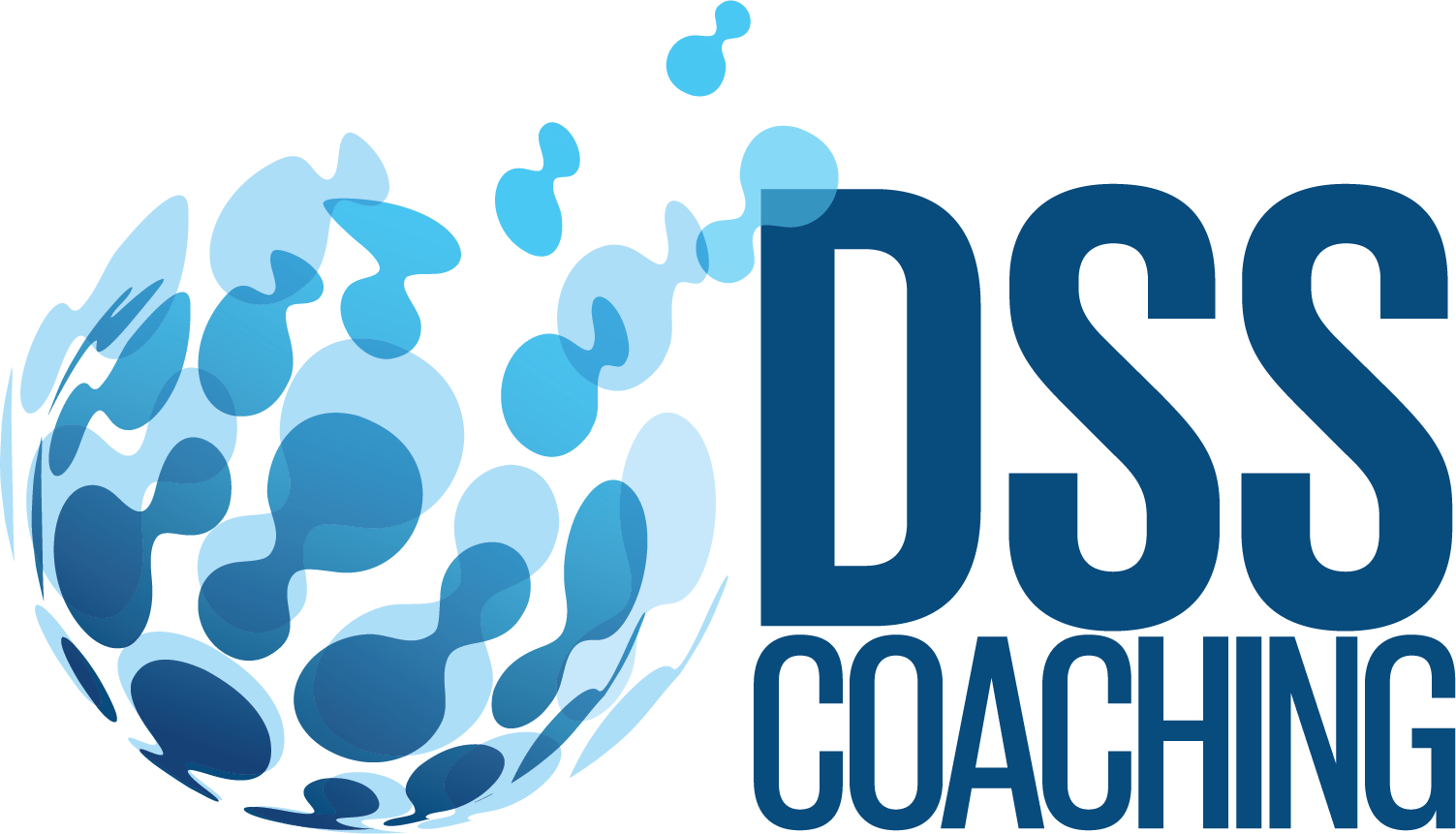
12 Jan Youth Participation in Sport – by Timmy Hammersley
What is Youth Participation?
Youth participation is now a buzzword that has become much more recognised and widely promoted within Irish society in recent years. What might have once been solely associated with sectors like the non-profit has become much more diverse by branching out to other environments such as the sporting or corporate. In truth however, sporting organisations are merely playing catch up. Article 12 of the UN Convention on the Rights of the Child (1989) has for many years now stated the right which both children and young people have to participate.
What then does youth participation mean? The NYCI (National Youth Council of Ireland) defines it as “taking an active part in decision making at all levels”, involving both individual and systemic levels. For anyone looking to bring it to a sporting environment, an appropriate method already exists via the Lundy Model of Youth Participation. This was designed by Laura Lundy of Queen’s University of Belfast and stipulates that for Youth Participation to be both meaningful and impactful, the following needs to be included:
- Space – Safe and inclusive space to express views
- Voice – Facilitated in expressing their views
- Audience – Views must be listened to
- Influence – Views must be acted upon as appropriate
The four components require a strong commitment to the empowerment of young people and a belief that challenging the traditional top down approach of adults to young people is the best way forward. The next paragraph explains practical implementation within a sporting context.

How is it done?
The Lundy Model is based on chronological order and the type of space created for youth participants in a workshop scenario is what sets the tone for everything to come. Space essentially relates to the environment created for young people to express themselves, and their belief that opinions and viewpoints will be respected in a collaborative manner. This should not be taken for granted as many young people may never before have been engaged with regards to the topics and issues which impact them. Rudimental but important approaches matter, such as the setting of values and boundaries, along with icebreaker activities which can be used to build trust and familiarity between the young people themselves, and between the facilitators and the young people.
Workshops require clear focal points from the onset and for sporting clubs or organisations some of the obvious areas to initially explore include:
- What is working well for young people?
- What is not working so well for young people?
- Ways in which the club or organization can enhance young people’s experience
In ensuring that all participants have the space and time to contribute, a World Café type format contributes to this, while at the same allowing for key inputs to be captured, something which is important for future follow on. A World Cafe will typically include:
- Brainstorming
- Mini group discussion
- Whole group summary discussion and decision
- Review and Action Points
A combination of post-its, use of technology, along with both small and whole group work will allow for all different personality types to be facilitated and heard. Finishing with clear action points will provide impetus going forward. In many ways accomplishing the space and voice components of youth participation are the most achievable, while audience and influence involves a much longer term commitment along with key stakeholder support. It’s one thing conducting a successful workshop with youth participants, but it’s a whole other having a club or organisation who are first willing to listen by receiving feedback, and then having the resolution and perseverance to act.
That is the essential difference between token gesture youth engagement and one that is meaningful and progresses real positive change. The Organisation or Club hierarchy first need to acknowledge that this is not something there should be a choice in, but more so a core part of their culture and how things are done. Not every request or suggestion from the youth participants requires action but there should at the very least be a decision making process. This involves both the young people and adults, and should assess the suitability of each recommendation against current club structures, along with their feasibility over the long term. In essence the focus should be long term culture change over any short termism. From my experience some of the typical progressive changes which young people currently want to see occur include:
- Better relationship with coaches
- Equality across teams
- Equality across genders
- Player voice and autonomy
Essentially it is a better environment for young people to both play and stay with their sport. Another regular observation is their preference for their clubs to focus solely on what is in their control, and not get overly distracted by an emphasis on themes such as Mental Health or Well-being. “Do well what is in our collective control and our contentment in this environment will grow”, is a sentiment from a recent Workshop. The next section will explain the benefits and why we should always be willing to listen and act.
Benefits for young people and club
Getting away from the traditional town down approach and following the Lundy Model of Youth Participation will have numerous benefits both for the young people individually and sporting bodies as a whole. The youth will be benefited in their own self confidence and belief, along with generating more positive peer to peer relationships. They will begin to feel and understand the impact which they can have on their own club along with issues they care about, and will as a result grow individually. As alluded to earlier, many young people may never previously have had their views counseled in such a manner, and the first experience of this in particular can be eye opening.
Furthermore, the merits for youth is also in how they interact with and view one another. Youth participation involves meaningful discussion on topics which they care about. They get to hear and see one another in a way they may not have done before and from this comes a greater sense of understanding and respect. A youth participation space can be a great leveler for young people and one’s talent on the pitch for a particular period of time becomes much less important. Having your voice requires vulnerability, and vulnerability means courage because it is a merger with your authentic self, instead of hiding behind a facade to appease others (Haruki Murakami). It is this vulnerability which leads to connection and trust, and Young People can become as committed to one another as to the club.
Understanding that your club cares about you both on and off the pitch, and not just as athletes can have a considerable impact on young people’s dedication.The long term involvement of contemporary young people in a GAA environment cannot be taken for granted, and in essence, when youth feel real respect, there is a much better chance of them staying with a club long term. Moreover, the benefits will not just be that of a participation nature, but also dedication. When youth have a sense of collaboration there is the potential for an increase in their commitment to all areas of club life. The club is seen as their home and they will want to see it succeed in all areas. This will manifest itself in a general increase of volunteering around the club and the coaching of children etc. Leaders for the present are being developed in real time.
The real benefit of a meaningful approach to youth participation in a club encompasses the previous three remits. Their own confidence and capability, along with a development of peer to peer relationships. This will then translate into club life where youth will have the capacity to show leadership much earlier than they might otherwise have done. All of this is even more important as we continue into the future. The battle for young people’s attention is only becoming greater, along with their own desire for fulfillment. As indicated earlier sporting organisations can never take the mass participation of young people for granted. It is not about changing the world for young people, but making their world in the club that little bit better, while all along involving them as key agents.
Timmy has experience of youth participation both in the non-profit and sporting environments. He previously worked with Spunout.ie as its Head of Engagement and Participation while is currently working with Ballyboden Saint Enda’s GAA as their Coaching and Player Development Manager. He also holds a Masters in Sport and Exercise Psychology and has worked with Intercounty GAA teams and Individual athletes.



No Comments